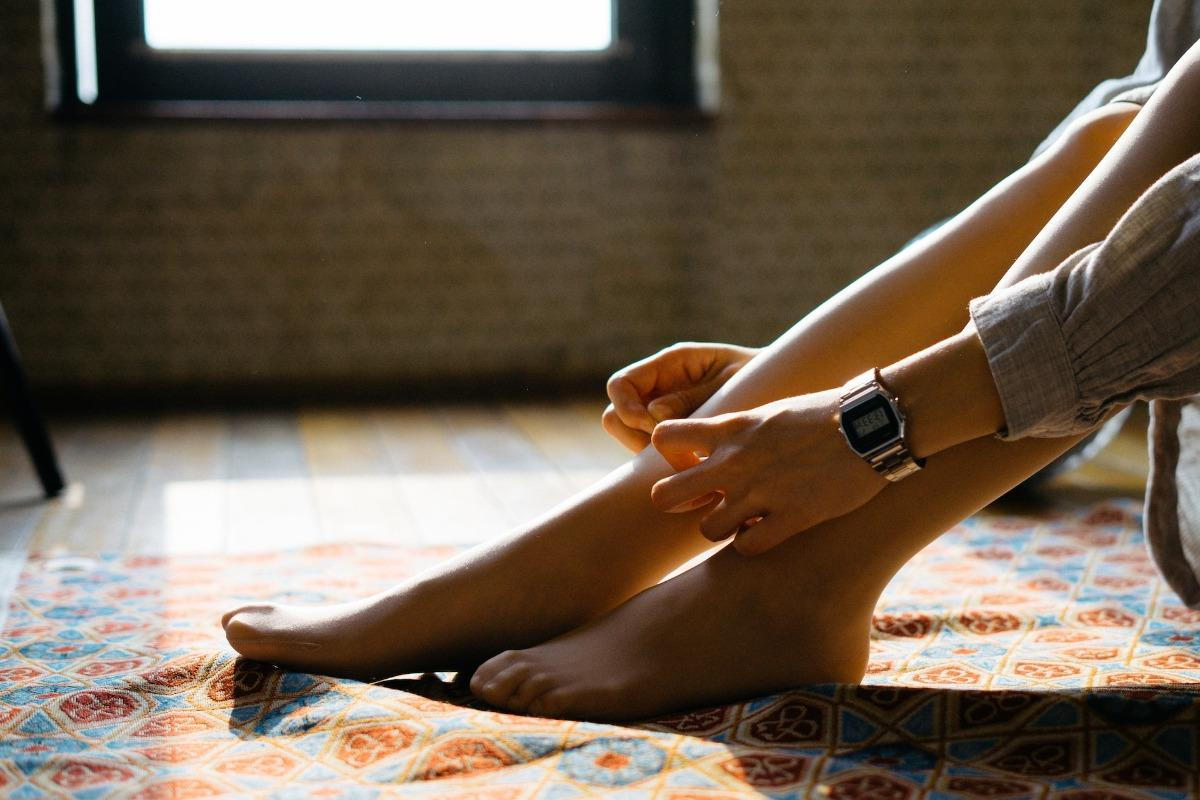Flat Feet: Its Causes, Complications, and How to Treat It
posted: Feb. 01, 2023.

A child's bodily functions develop as they grow from being an infant. As the months pass, the baby gradually learns to bring its body up until the 9th month when it learns to stand up. This is a critical stage because the child's feet develop arches, which help to support its body. However, this arch sometimes does not develop, and this condition is known as "flat feet."
As the name suggests, having flat feet is a condition in which a person's feet, typically a child, do not have the normal arch. Flat feet can cause the feet to roll inwards, leading to pain and discomfort in the ankles, knees, and hips. In some cases, flat feet may lead to foot and ankle injuries, compromising a person's quality of life. Few people know of this condition, so we will discuss the details in this article.
The Importance of Your Arch
The arch's purpose is to allow your feet to support your body weight, evenly distributing the pressure on your feet. It is also worth noting that the arch is divided into three distinct parts: the medial, lateral, and anterior transverse arch. The medial and lateral arches on your foot run up and down your foot’s length, while the anterior transverse arch runs across. When these three arches work together, they allow you to perform various activities such as walking, jumping and sprinting while also providing cushioning and shock absorption.
What Causes Flat Feet?
There are many potential causes for flat feet, including genetics, obesity, pregnancy, age, and certain medical conditions. Sometimes, flat feet may be caused by the weakening of the tendons and ligaments in the feet, which can occur due to age or injury. Flat feet can also be caused by nerve damage, such as that caused by diabetes.
If left unchecked, flat feet can cause various health issues, such as:
Arch and heel pain
Bunions
Calluses
Feet and ankle numbness
Hammertoes
Leg pain
Shin splints
Swelling on your feet's bottom portions
Aside from these issues, flat feet can cause more trouble for a person's overall health. For one, foot fatigue is a common symptom of having flat feet. This means the feet will tire quickly, leading to discomfort and pain. Back pain is also a possibility, which can be caused by flat feet not providing the proper support for the rest of the body. This can cause the body to become imbalanced, leading to stress and strain on the back.
The Effects of Flat Feet in the Long Term
In the long term, flat feet can cause more consequences, such as:
Overpronation
Overpronation is when the foot rolls inward excessively when walking or running. This can increase the risk of developing conditions such as plantar fasciitis, Achilles tendonitis, and shin splints. Overpronation can also cause the foot's arch to flatten further, leading to increased pain and discomfort.
Plantar Fasciitis
Plantar fasciitis is painful when the thick band of tissue connecting the heel to the toes becomes inflamed. It is often caused by overpronation or flat feet. Symptoms include sharp pain in the heel and arch of the foot. You must seek treatment early to reduce the likelihood of long-term damage.
Arthritis
Flat feet can increase the risk of arthritis in the feet and ankles. This is because the lack of arch support causes the joints to be under more stress. Over time, this can cause the cartilage in the joints to deteriorate, leading to pain, stiffness, and swelling.
Treatment Options
While flat feet significantly compromise a person's quality of life, the good news is that there are ways to treat them, such as:
Arch Supports
Arch supports are designed to help support the foot's arch, reducing strain and pain. They can be bought over the counter or custom-made to fit your feet.
Physical Therapy
Physical therapy can help strengthen the muscles in the feet and ankles, improving flexibility and stability. Exercises such as calf stretches and ankle circles can help improve the function of the feet, which can be done at home or with the help of a physical therapist.
Surgery
If all else fails, surgery may be necessary to correct the problem. Surgery can involve releasing tight ligaments, fusing bones, or removing a bone spur. You must consult an orthopedic surgeon before considering surgery because possible risks are involved.
Conclusion
Having flat feet is a condition that can compromise a person's movements, but it can be treated. While some people can manage the condition with simple lifestyle modifications, others might need custom orthotics or surgery. Because of this, you can look forward to improved mobility and comfort when treating it.
If you are looking for a foot specialist in Toronto, Sheldon Nadal D.P.M. can help you! Your feet support your body, so we provide medical care to ensure it does not experience any issues that can affect your overall health. Call us today at 416-486-9917 to schedule an appointment!